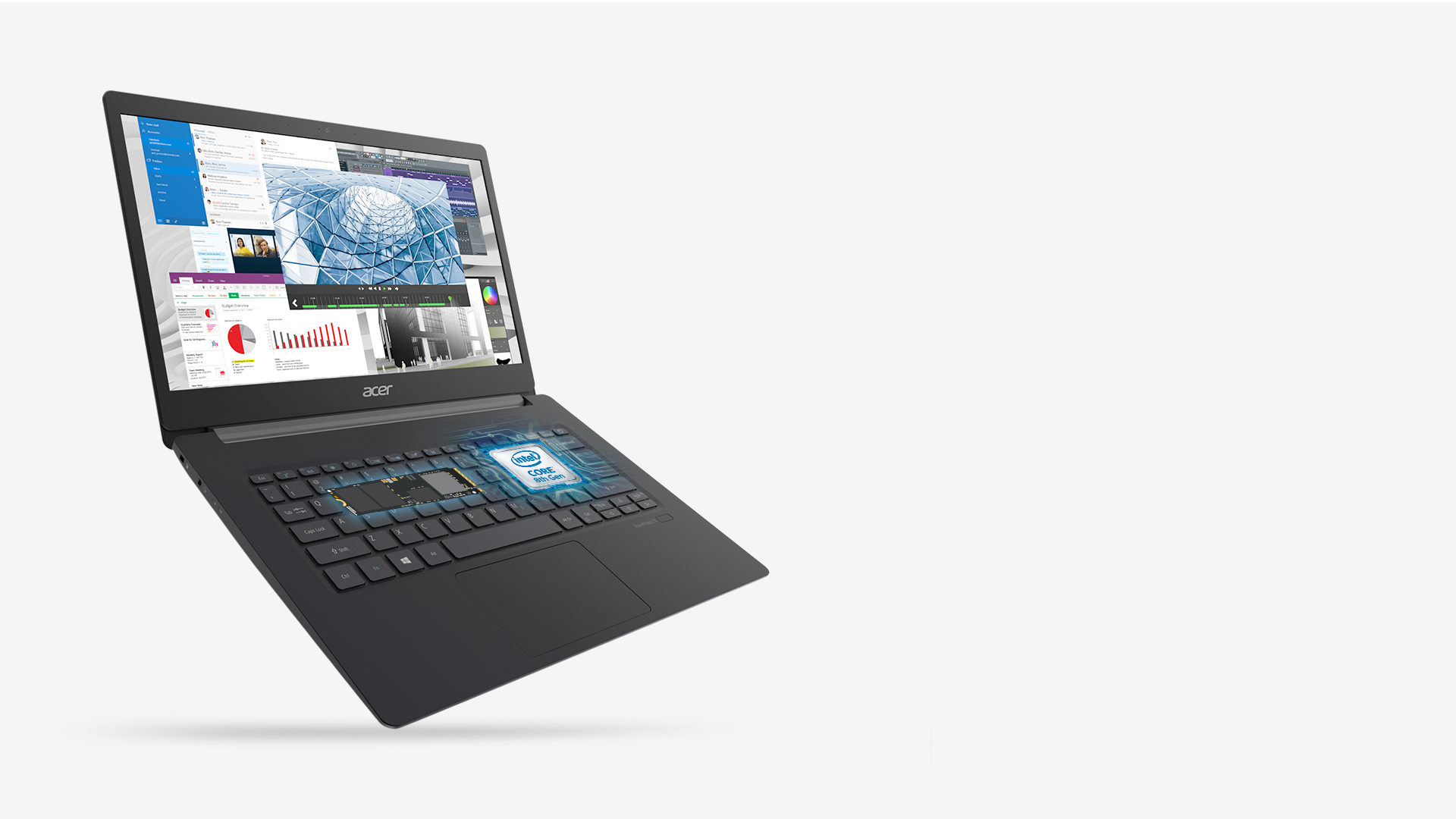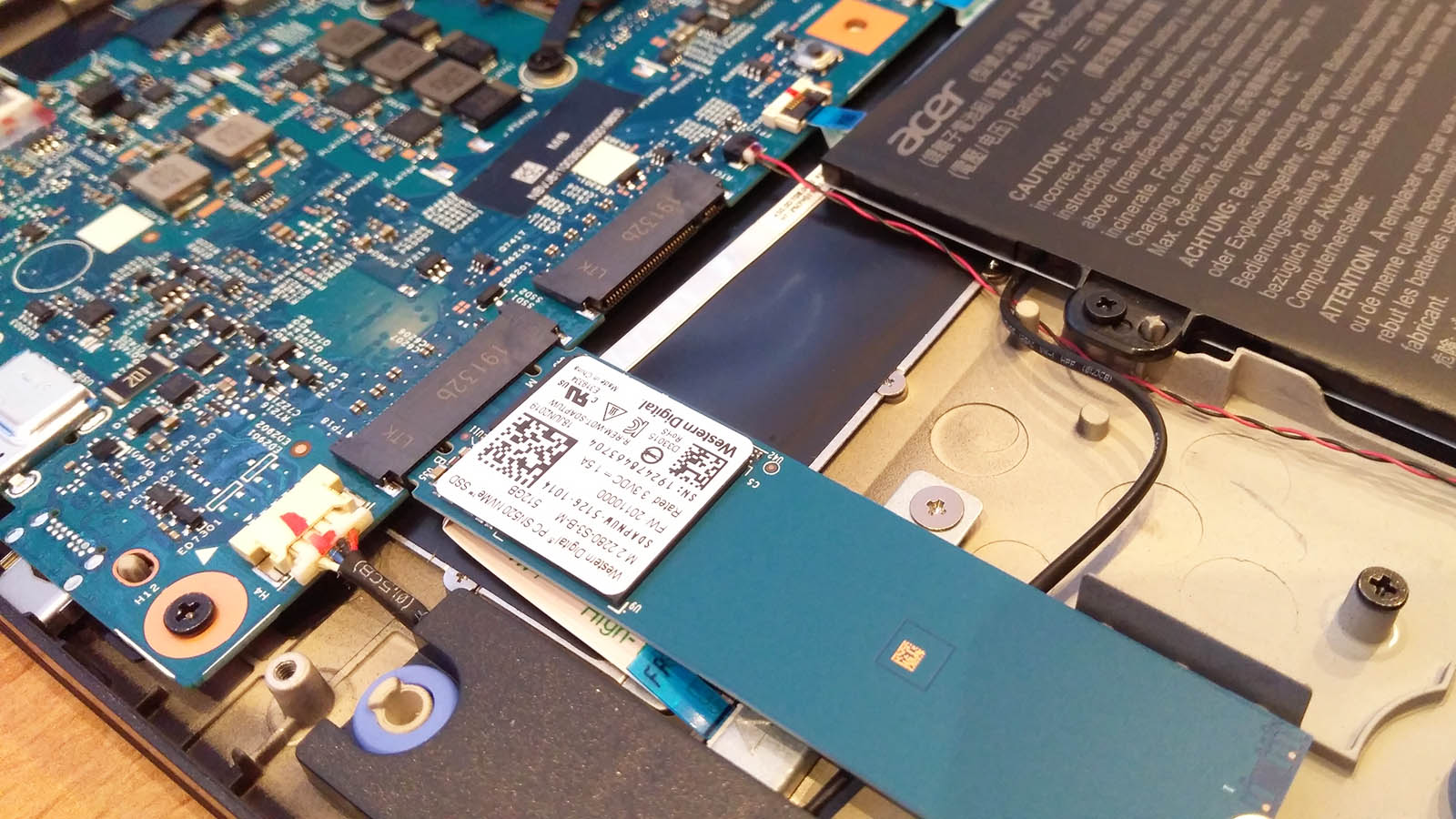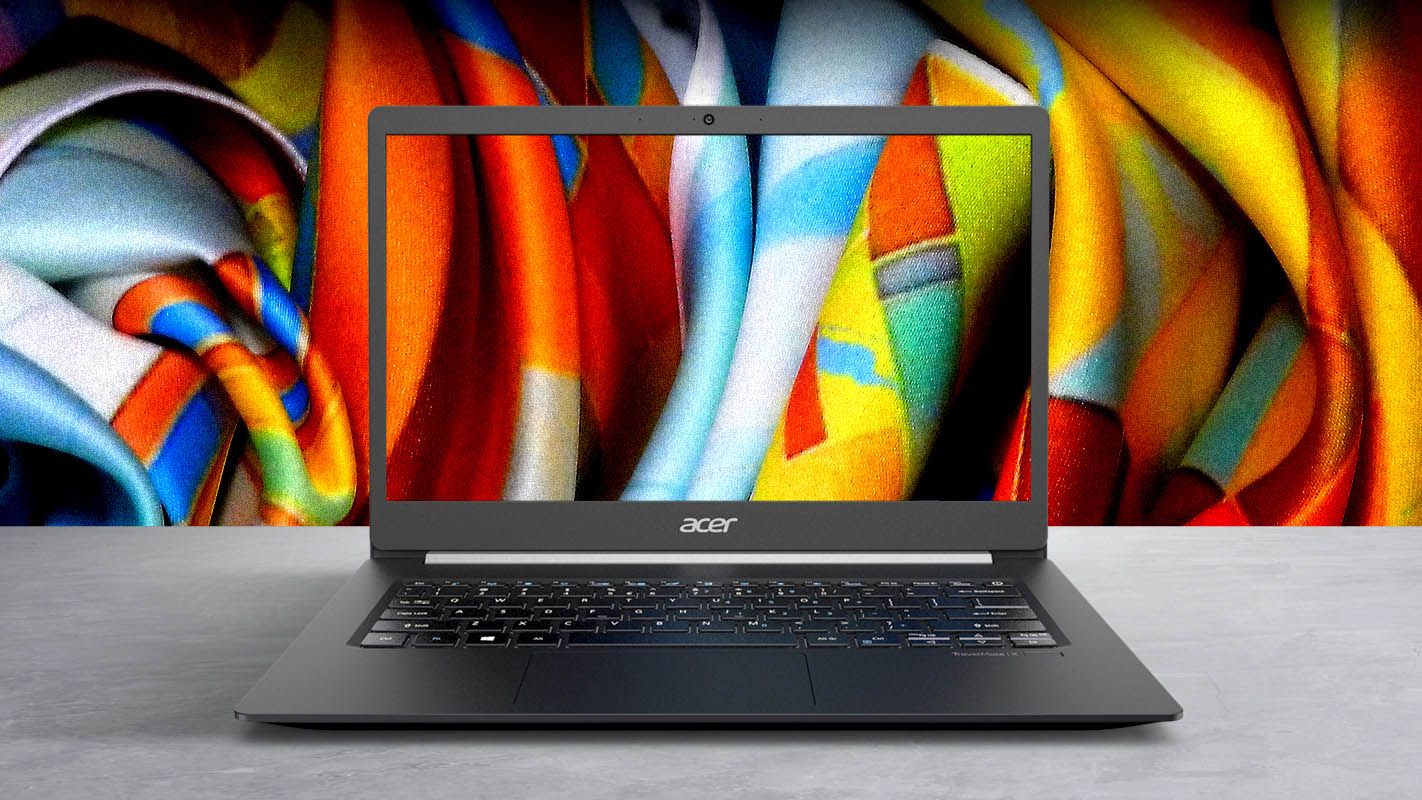Why you can trust TechRadar
Performance
As we’d expect from an 8th generation ‘Y’ series Core-i7 processor combined with an NVMe SSD, this is a quick system that would only be outperformed by a ‘U’ series mobile processor that would demand far too much power to be this portable.
The critical weakness is the elderly GPU that Intel has combined it. The UHD 620 first appeared with Kaby Lake series processors in 2016, and the core technology is much older.
While it might be fine for surfing, it hasn’t enough power for gaming or design work, and it struggles to play 4K streaming content to an external monitor.

The GPU in this system is a significant bottleneck because the same CPU connected to a discrete video system would undoubtedly outperform this configuration by a magnitude.
With such an imbalance, the CPU is very likely to be waiting for the GPU to complete its tasks, negating much of its performance advantage over a Core-i5 or a previous generation device.
It is Intel’s problem to address, not Acer, but at each new chip generation, the discrepancy between the CPU side of this equation and the GPU becomes even greater.
Here’s how the Acer TravelMate X5 performed in our suite of benchmark tests:
Passmark: 3710.4
Passmark CPU: 8631
CPU-Z: 436.6 (single-thread), 1,607 (multi-thread)
Geekbench: 5,021 (single-core); 12,061 (multi-core); 23,992 (compute)
CineBench CPU: 510
CrystalDiskMark: 1744.4 MBps (read); 1454.7 MBps (write)
Novabench: 1595
Atto: 1750MBps (read, 256mb); 1463 MBps (write, 256mb)
Windows Experience Index: 6.8
Benchmarks
These are excellent benchmark results from a computing standpoint, with the Core-i7 delivering excellent single and multi-thread results.
Sign up to the TechRadar Pro newsletter to get all the top news, opinion, features and guidance your business needs to succeed!
It achieves this by having four cores and hyper-threading, allowing for eight threads to be simultaneously processed. And, while the base clock of the chip is only 1.8GHz, it can Turbo a single core up to 4.6GHz for an especially demanding thread.
Where it doesn’t shine is in any test that involves 3D graphics rendering, making this machine unsuitable for those that use CAD software or who like to game occasionally.
The storage in the review machine was a Western Digital SN520 NVMe SSD drive, that is designed specifically for laptop use, having a low power profile.
At around 1,700mb/s reads and 1,400mb/s writes it isn’t the very quickest SSD around, but it is much better than the typical performance offers by a SATA SSD.
Alongside the typical synthetic tests detailed under our benchmarks, we also used a Datacolor Spyder calibrator to probe the screen and were pleasantly surprised by the results.
The IPS panel in the X5 has excellent viewing angles and manages 100% of the sRGB gamut, even if it can only manage 77% of those preferred by AdobeRGB.
The quoted backlight of 300 nits is an accurate number, and both colour and luminosity uniformity are good across the panel.

Battery life
As we’ve already hinted, a powerful CPU and a relatively small battery have only one obvious outcome, and that isn’t all-day-running.
There are a significant number of phablet phones that have more than 4670 mAh available to them, and with the Core-i7 in turbo mode, turning the screen brightness down isn’t doing to make much difference to the operational window of this device.
Amazingly Acer quotes 9 hours running time for this machine, although it didn’t reflect our experience.
Using PCMark08 Home test with the screen brightness set to 120 nits and minimum performance for maximum running time, we managed 4 hours and 15 minutes.
If you like a brighter screen and to see more of what the Core-i7 is capable, then three hours is probably a more realistic expectation.
That’s enough battery life for a commute, but well short of a working day.

Upgradability
If you buy one of these and need more storage or memory what are your options?
Removing the back from the X5 requires a very small T5 Torx screwdriver, extracting eleven screws and using a plastic plectrum to gain access.
Once inside, you can make some changes to the system, but not as many as you might like.
The good news is that the X5 has a second NVMe PCIe slot, allowing you to upgrade the storage with a second drive or clone the existing system to a bigger capacity device.
What you can’t upgrade is the memory, as that is soldered to the mainboard.
Therefore, be sure that the memory that comes with your model will be sufficient, as it is never going to be expanded.
A few other items can probably be swapped out, like the WIFI card and the battery, but these would require exacting parts to exchange.
Final verdict
There are plenty of things to like in this design, most notably the very low weight for a high-performance system.
However, getting the weight below 1kg came at a cost in both the robustness of the machine and battery life. You won’t experience all-day working on the TravelMate X5, or even half of that.
What also undermines the power in this system is Intel UHD 620 GPU, a component that is now horribly mismatched with the Intel i7-8565U processor and a major bottleneck to that chips ability to express itself.
That is an Intel problem, but the next is entirely self-inflicted by Acer. We’re not sure why Acer filled this business machine with bloatware, but they did.
Why machine makers are still doing this, something they know their customers despise is a mystery. But we stopped falling for Anti-virus makers the-sky-is-falling routine in the last century, and pre-loading games like Candy Crush on a business machine is patently bonkers.
We’ve also had enough of easily breakable proprietary power supplies for laptops, and Acer needs to leave that era behind with bloatware.
Overall, the TravelMate X5 is an interesting choice for those that want a powerful system that isn’t excessively heavy. The battery life dictates that mains power is handy when you need it, and when connected to external power this is a very fast system.
We can’t deny that the TravelMate X5 is portable power personified, but it might also be impractical for some.
- Also take a look at the best business laptops of 2018
Mark is an expert on 3D printers, drones and phones. He also covers storage, including SSDs, NAS drives and portable hard drives. He started writing in 1986 and has contributed to MicroMart, PC Format, 3D World, among others.

